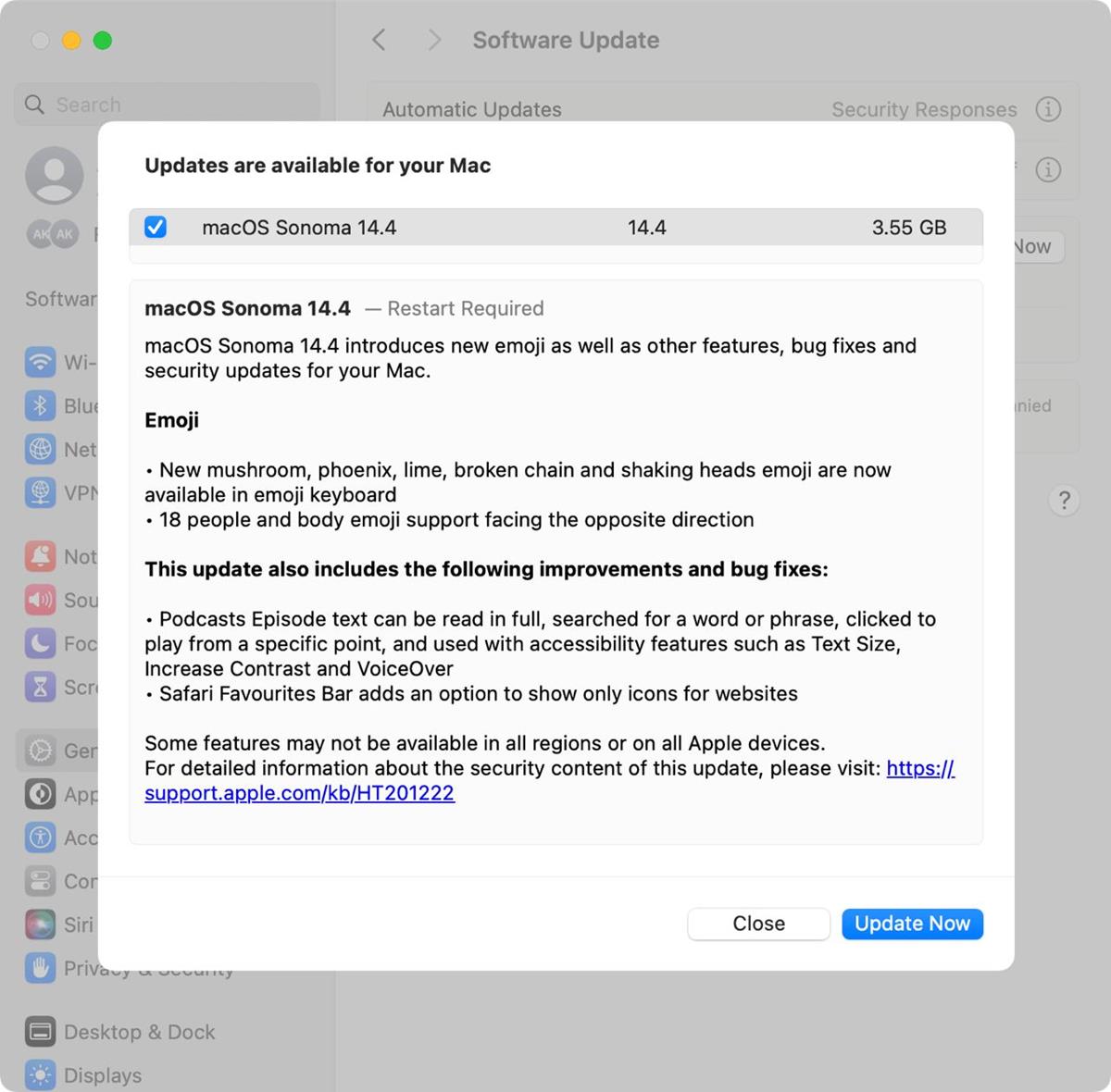How to forget a network on MacBook?

If you have connected to a Wi-Fi network on your Macbook before, you may want to forget it for various reasons. For example, you may have changed your network password or moved to a different location.
In this blog post, we will explain how to forget a network on Macbook in a few simple steps.

How to forget a network on MacBook?
Here are the steps to forget a network on MacBook:
- Step 1: Click on the Wi-Fi icon on the top right corner of your screen and select "Open Network Preferences."
- Step 2: In the Network Preferences window, select the Wi-Fi network that you want to forget from the list on the left side and click on the "-" button at the bottom.
- Step 3: A pop-up window will ask you to confirm your action. Click on "Remove" to forget the network.
- Step 4: You can close the Network Preferences window, and you are done.
The next time you want to connect to the same network, you will need to enter the password again.
Why do you need to forget a network on MacBook?
A large number of Wi-Fi networks may be stored on your MacBook if you often switch between them. While this has its advantages, there are potential safety and efficiency concerns.

Forgetting a network on a MacBook might help maintain your privacy. Your device broadcasts its unique identifier and the network's name when you connect to a wireless network. This transmission is vulnerable to interception by hackers and other bad actors who may use it to spy on you, steal your data, or attack your device. If you forget a network, your device won't broadcast its location, making you less vulnerable to hackers.
Increasing the speed of your Wi-Fi connection is another good reason to forget a network on your MacBook. Multiple stored networks on a device might cause interference and confusion when trying to connect to a new network. Incorrect network selection or frequent network switching might cause your device to experience sluggish or unreliable connectivity. You may assist your device in selecting the best available network by clearing the clutter and ignoring networks.
Mac users may improve Wi-Fi security and speed by forgetting networks. Even if you forget the password to a network, you may always re-connect simply by typing the password. However, only keep networks that you know and use often, and delete the ones you no longer require.
Advertisement















Mac or not, the big leak is really when you have any ‘automatically connect to this network’ option on.
That makes your os/wifimanager helpfully try to connect to any such networks, at least when not connected to any network.
As you can imagine, that means it is doing the wireless equivalent of periodically shouting out for any those networks in the hope that one is in range and responds.
Bad actors pick up on that.
Some of you already see where that can go.
It’s not just the leaking of network id’s for “no announce” networks, it is also other things which you may think is harmless coming back to bite you.
Lets say you use the wifi at McDonalds and let your device “remember” that one.
Badguy then follows you around, hoping you did, in the hope of your device trying to auto-connect to their MITM hotspot impersonating it.
Same thing with your home/school/work hotspots.
You have got to put ALL networks into a ‘only connect manually’ state. Or you may soon find that you’ve automatically connected to a bad actors (unsecured) MITM hotspot that is impersonating a network ID that you’ve trusted.
Not saying you have to delete the password, etc. just not let it connect automatically to anything, so you don’t “mysteriously” connect to wifi while walking through Walmart.
Running your stuff though a VPN helps mitigate some of the evils (at the expense of having to trust the VPN provider), but you’d still be open to others things. Just think of the list or RCE exploits in the May security update from MS, several of them for things that are not usually firewalled because you’d need them for work/school.